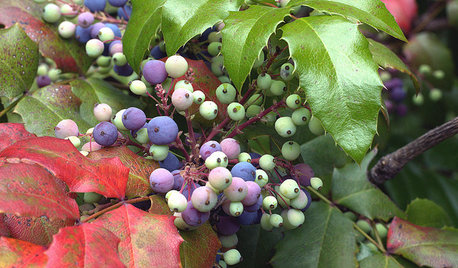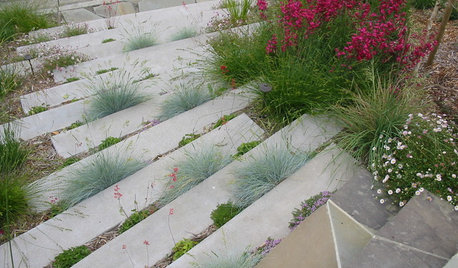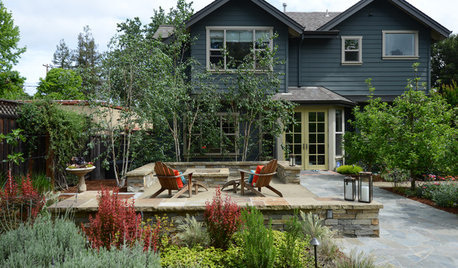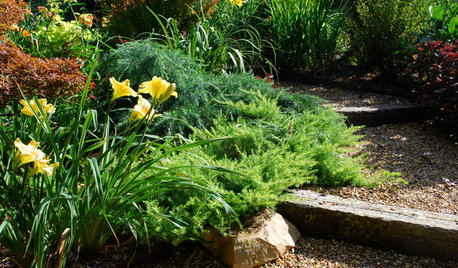Hardiness, siting of Berberis darwinii
hemnancy
12 years ago
Related Stories

GARDENING GUIDESGreat Design Plant: Mahonia Aquifolium for Birds
Oregon grape puts on a bold spectacle from spring through winter and is ideal to brighten partly shady corners in the U.S. West
Full Story
GARDENING GUIDESGarden-Friendly Native Alternatives to Overplanted Exotics
There are lots of gorgeous, wildlife-friendly native plants ready to make an appearance in your garden
Full Story
LANDSCAPE DESIGNBoxwood Alternatives Bring the Chelsea Flower Show to You
Don’t let box blight limit your plans to borrow garden design ideas from the renowned British event
Full Story
PLANTING IDEASPlant Your Hardscape for Unexpected Green
Nestle greenery among pavers, steps and more for a yard brimming with life and creativity
Full Story
EVENTSSpring Tour: Landscape Designs for Living
Northern California yards in a spring garden tour show that landscape design is all about the experience
Full Story
GARDENING GUIDESGreat Design Plant: Cedrus Deodara ‘Feelin’ Blue’
The smallest of the cedars softens a hardscape while bringing structure and texture to the garden
Full Story







Embothrium
larry_gene
Related Professionals
Chattanooga Landscape Architects & Landscape Designers · Glassmanor Landscape Architects & Landscape Designers · Westwood Landscape Contractors · Ashburn Landscape Contractors · Bedford Heights Landscape Contractors · Brooklyn Park Landscape Contractors · Crystal Landscape Contractors · Elkridge Landscape Contractors · Estelle Landscape Contractors · Fairfield Landscape Contractors · Seymour Landscape Contractors · Thonotosassa Landscape Contractors · Tustin Landscape Contractors · Asheville Fence Contractors · Voorhees Fence ContractorsEmbothrium
larry_gene
Embothrium
larry_gene
hemnancyOriginal Author
Embothrium
albertine
Embothrium
hemnancyOriginal Author
larry_gene
Embothrium
Embothrium
hemnancyOriginal Author
Embothrium
larry_gene
hemnancyOriginal Author
Embothrium